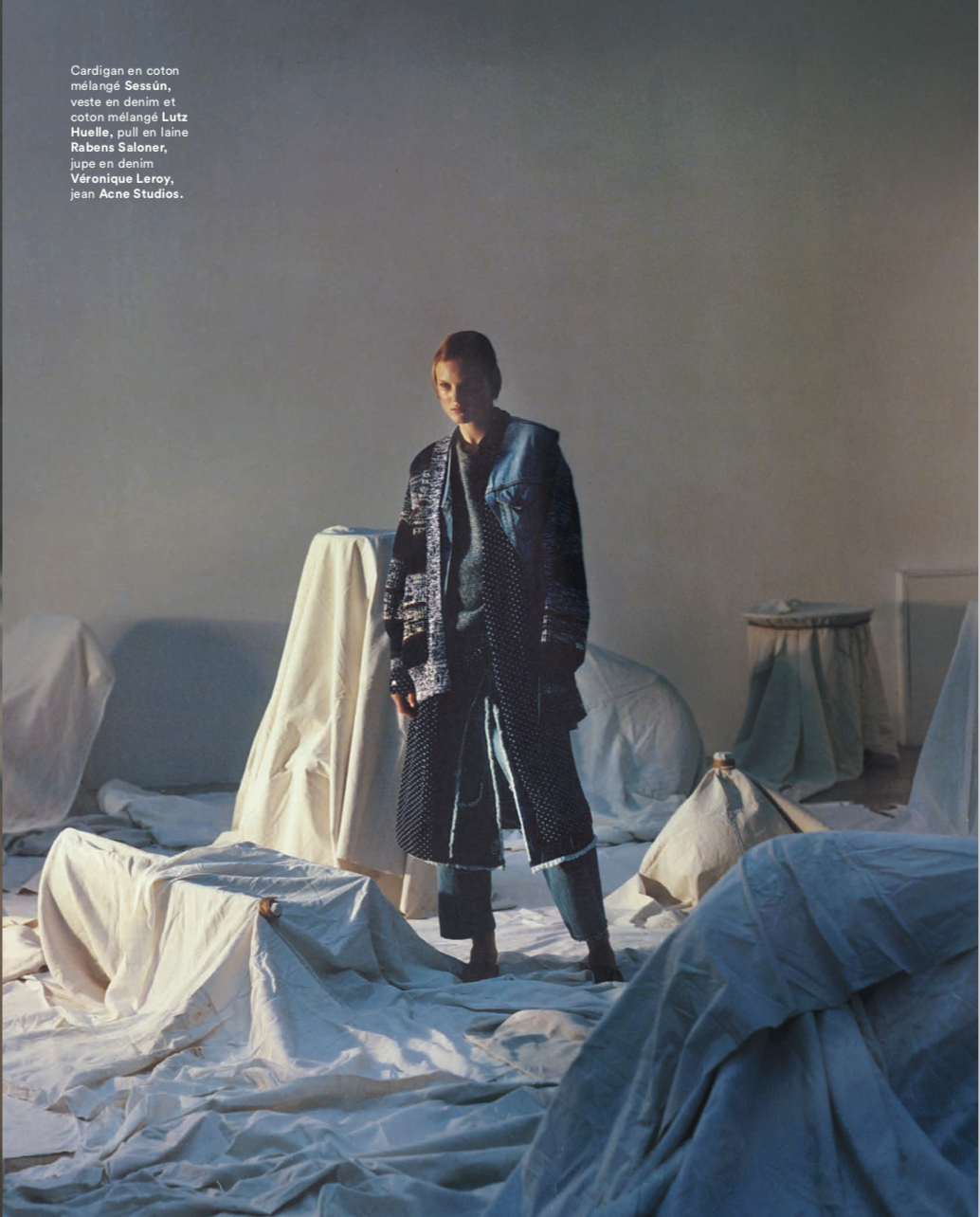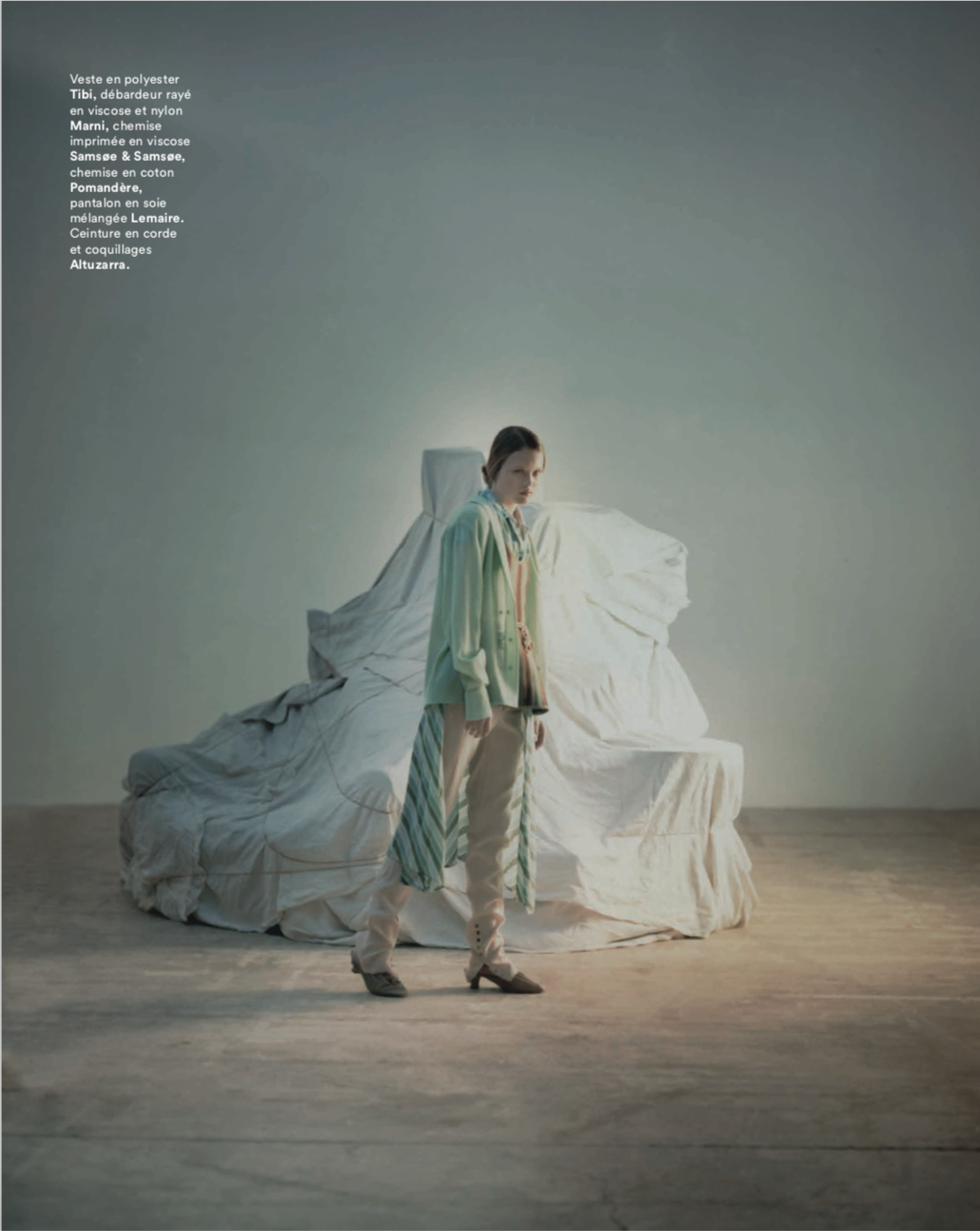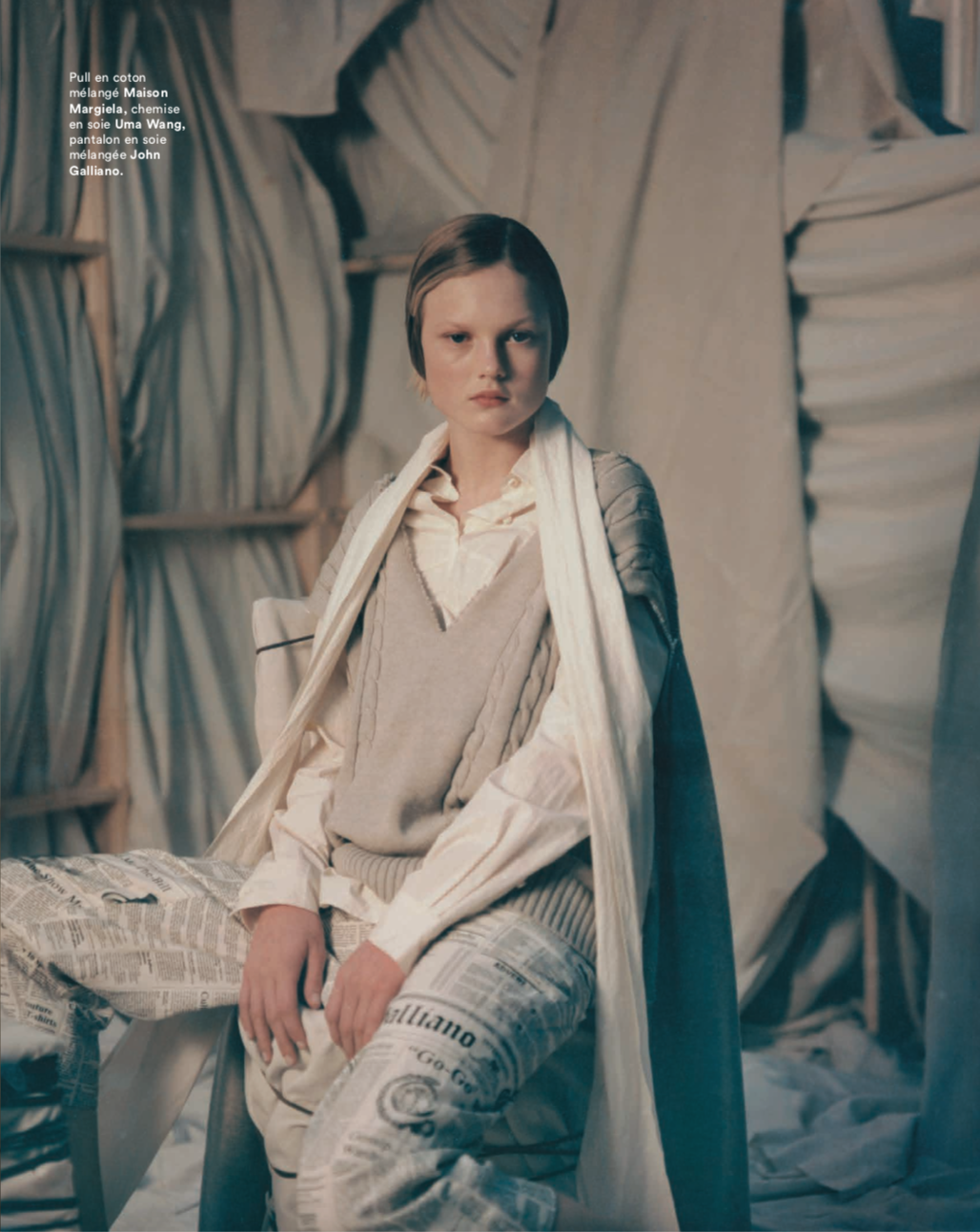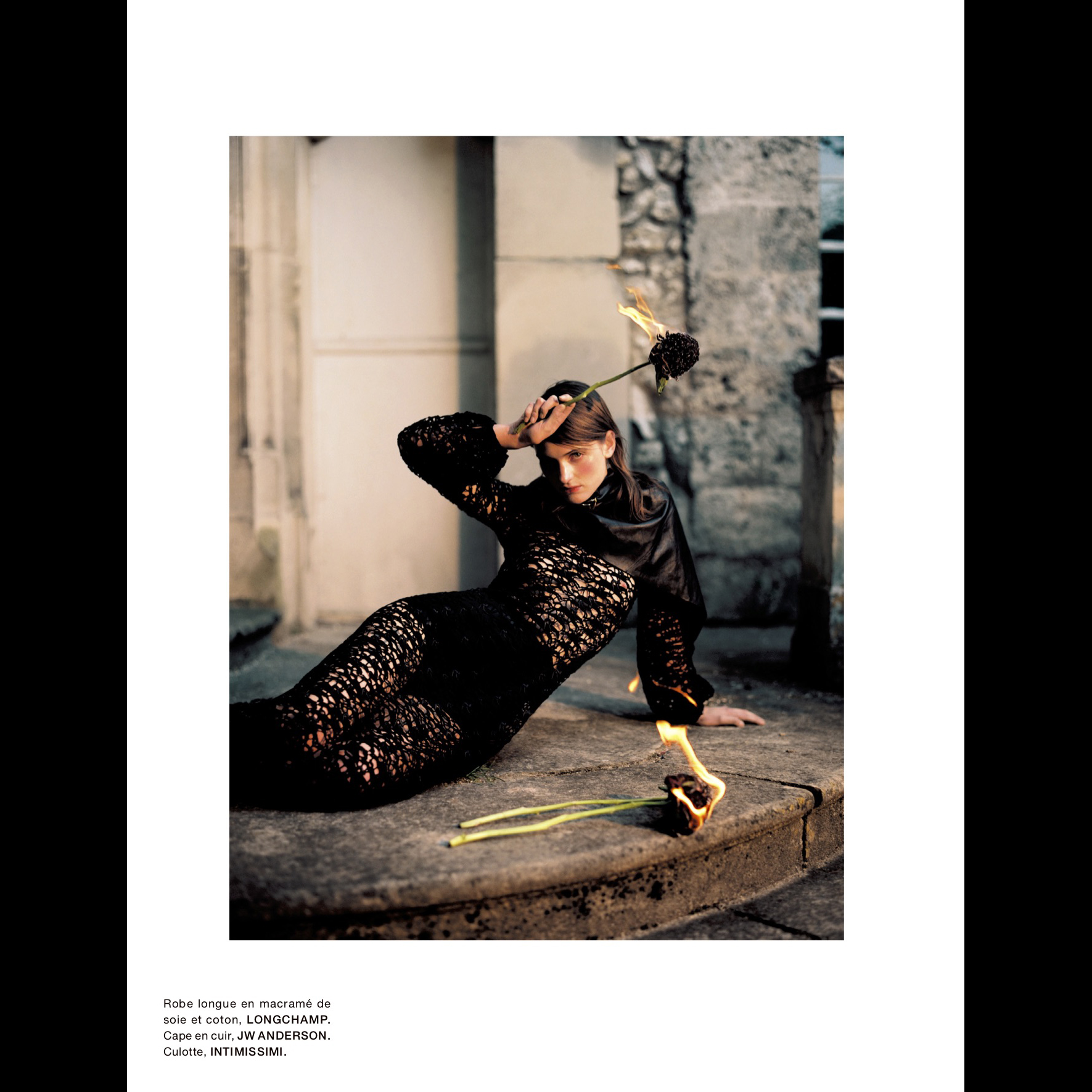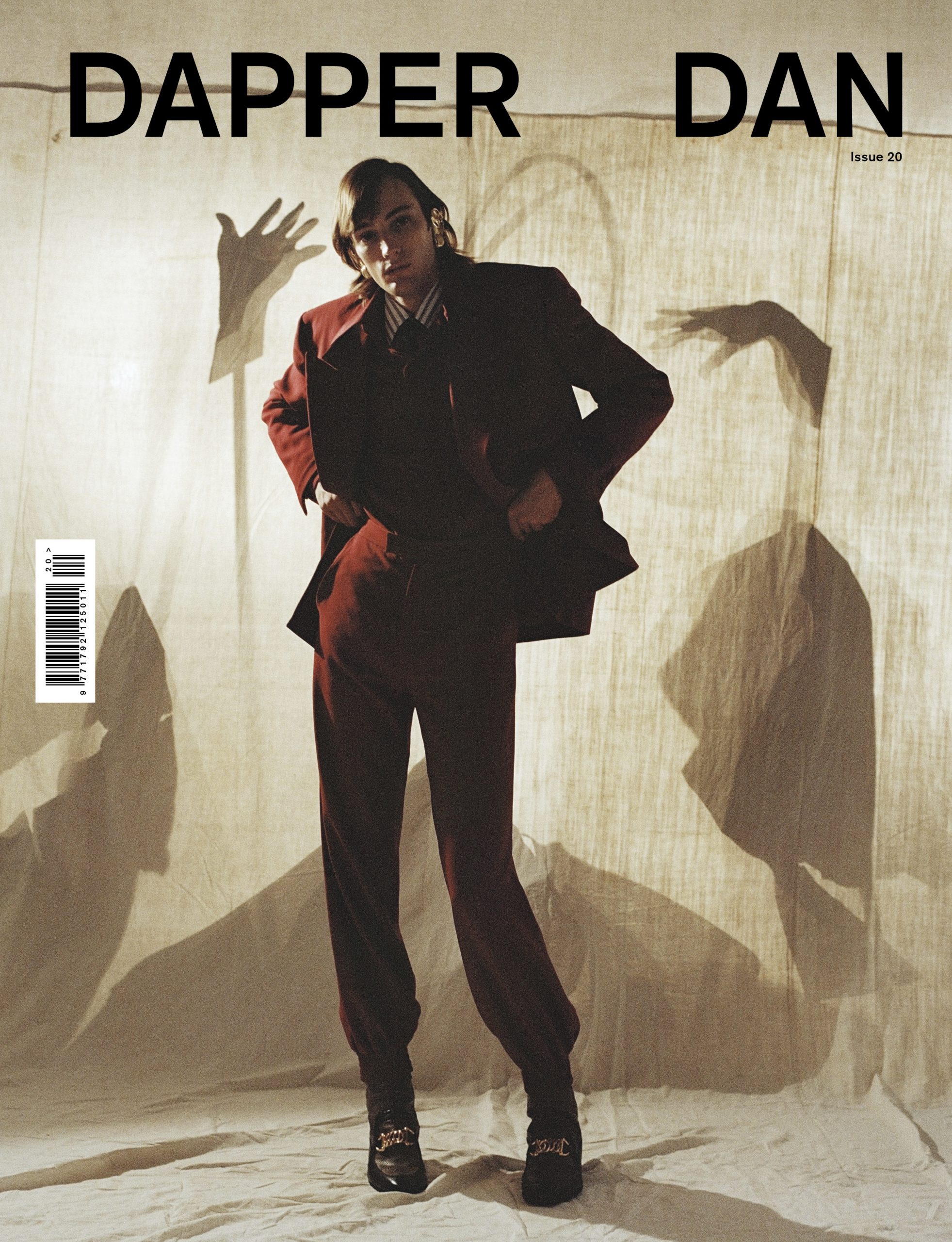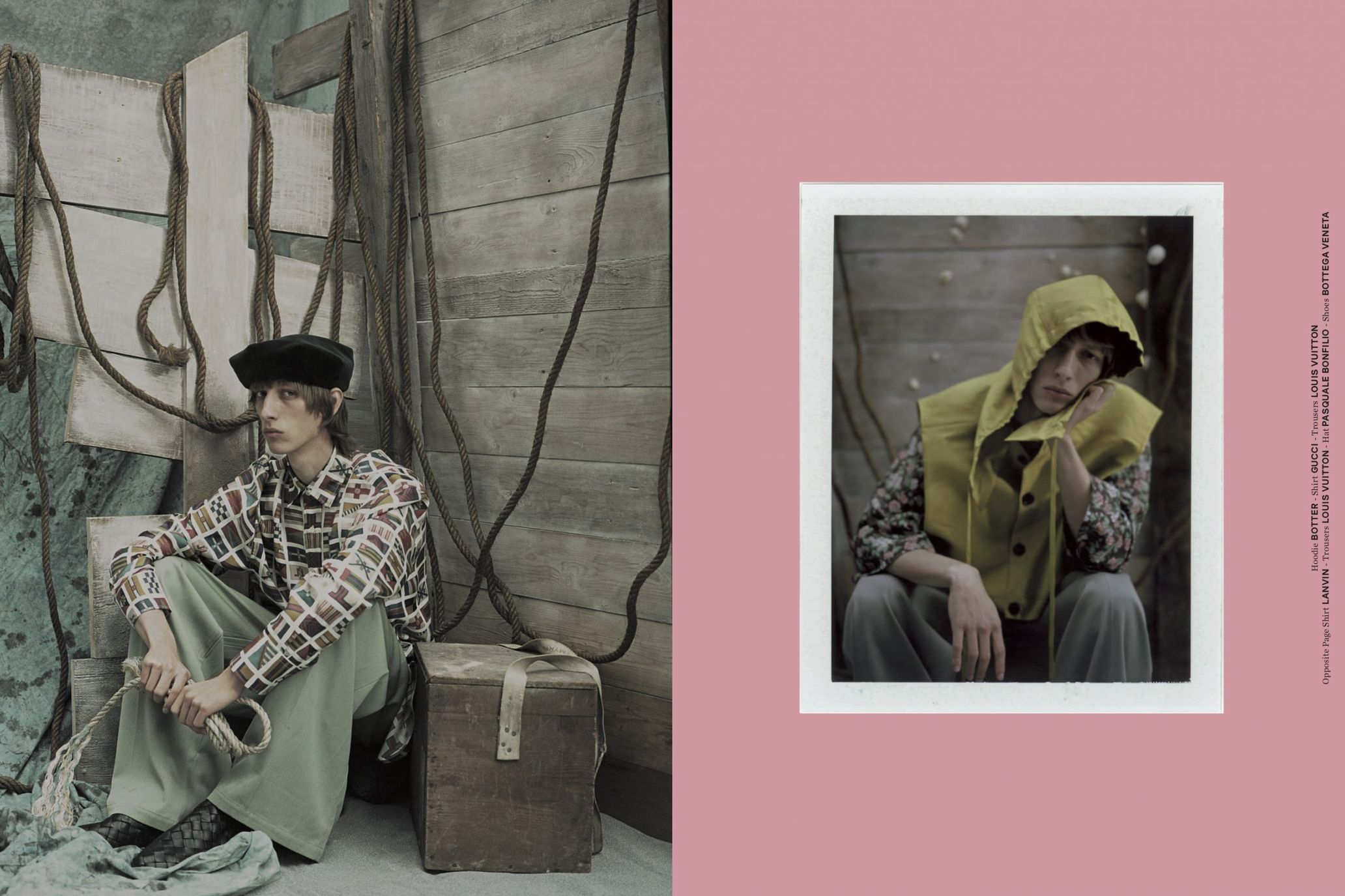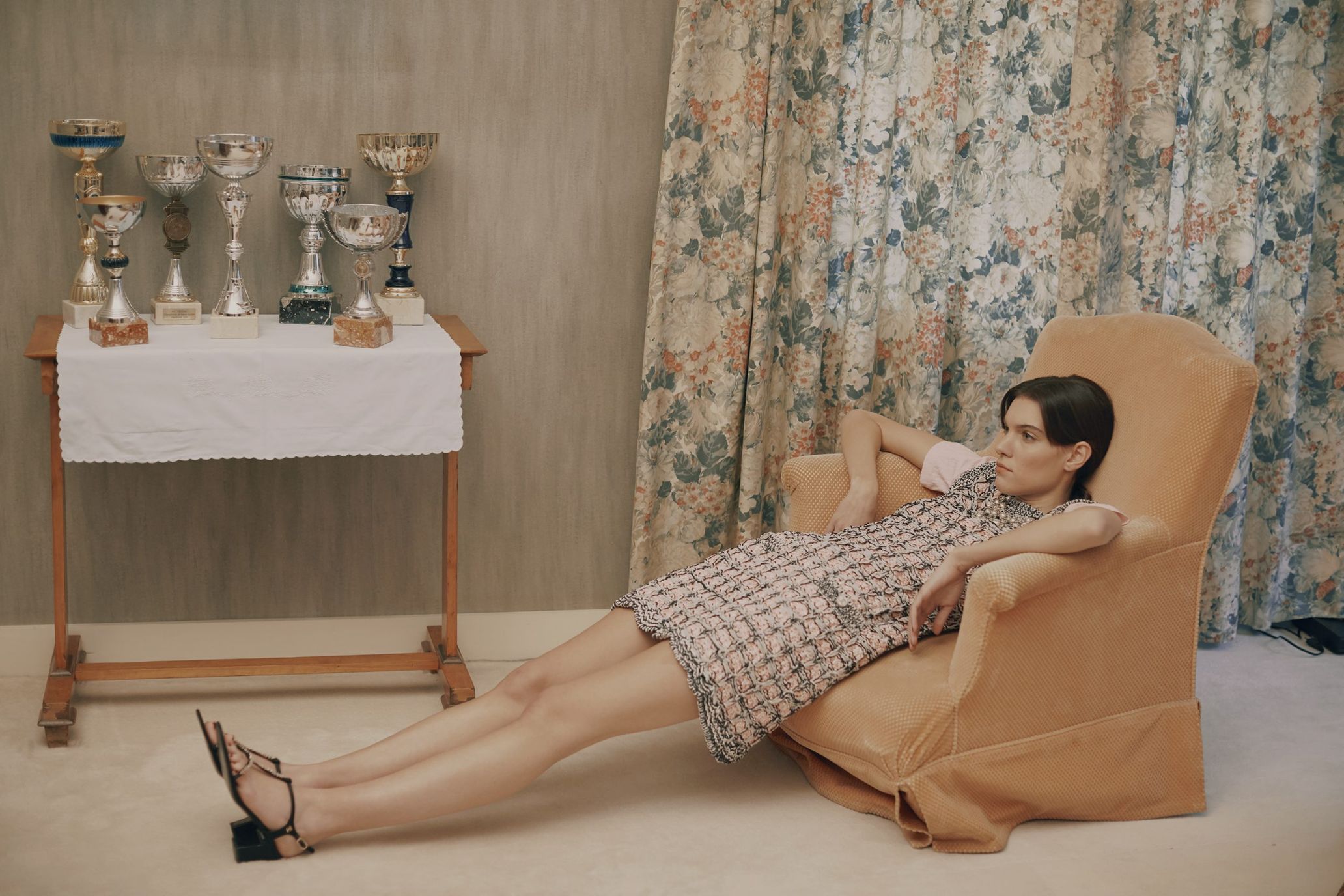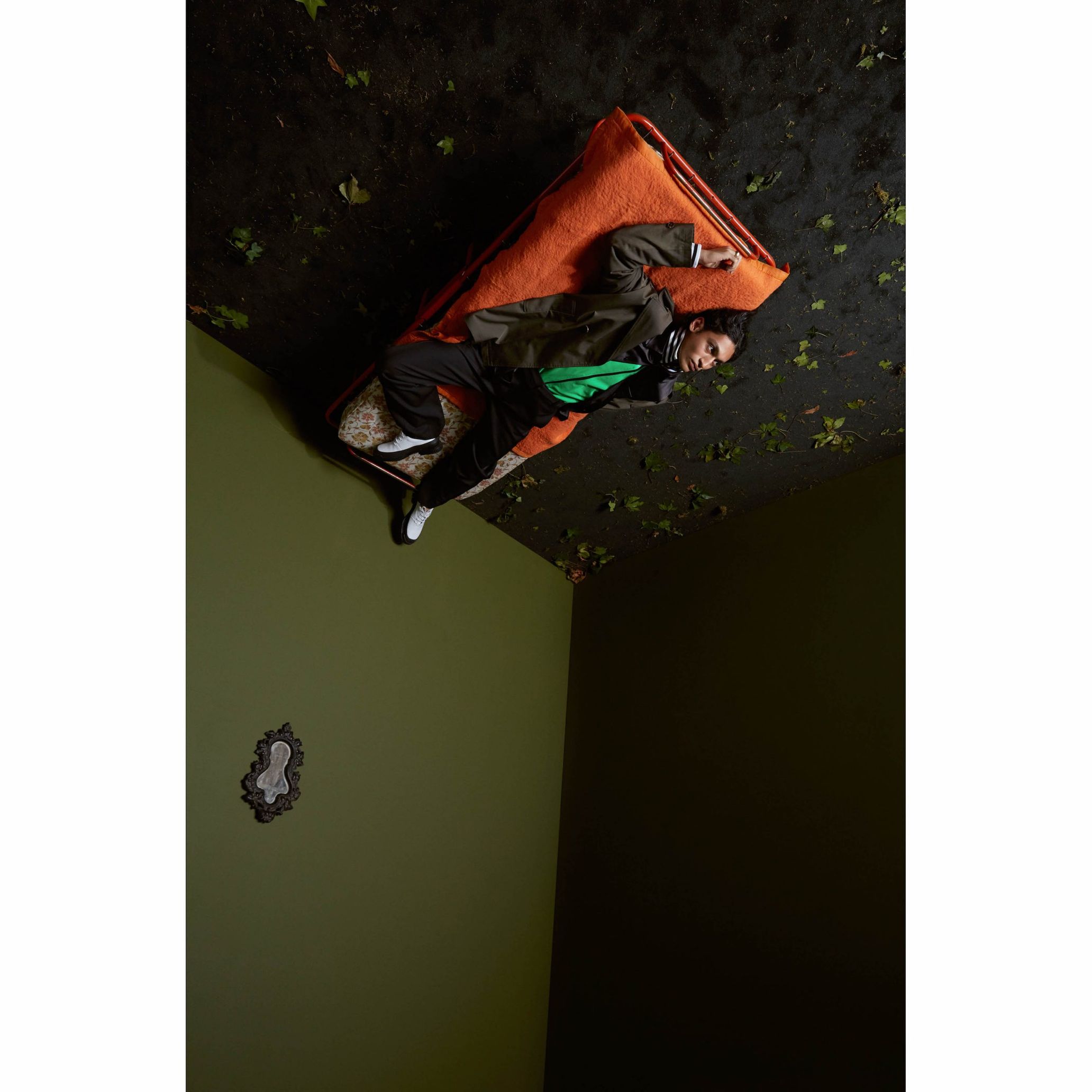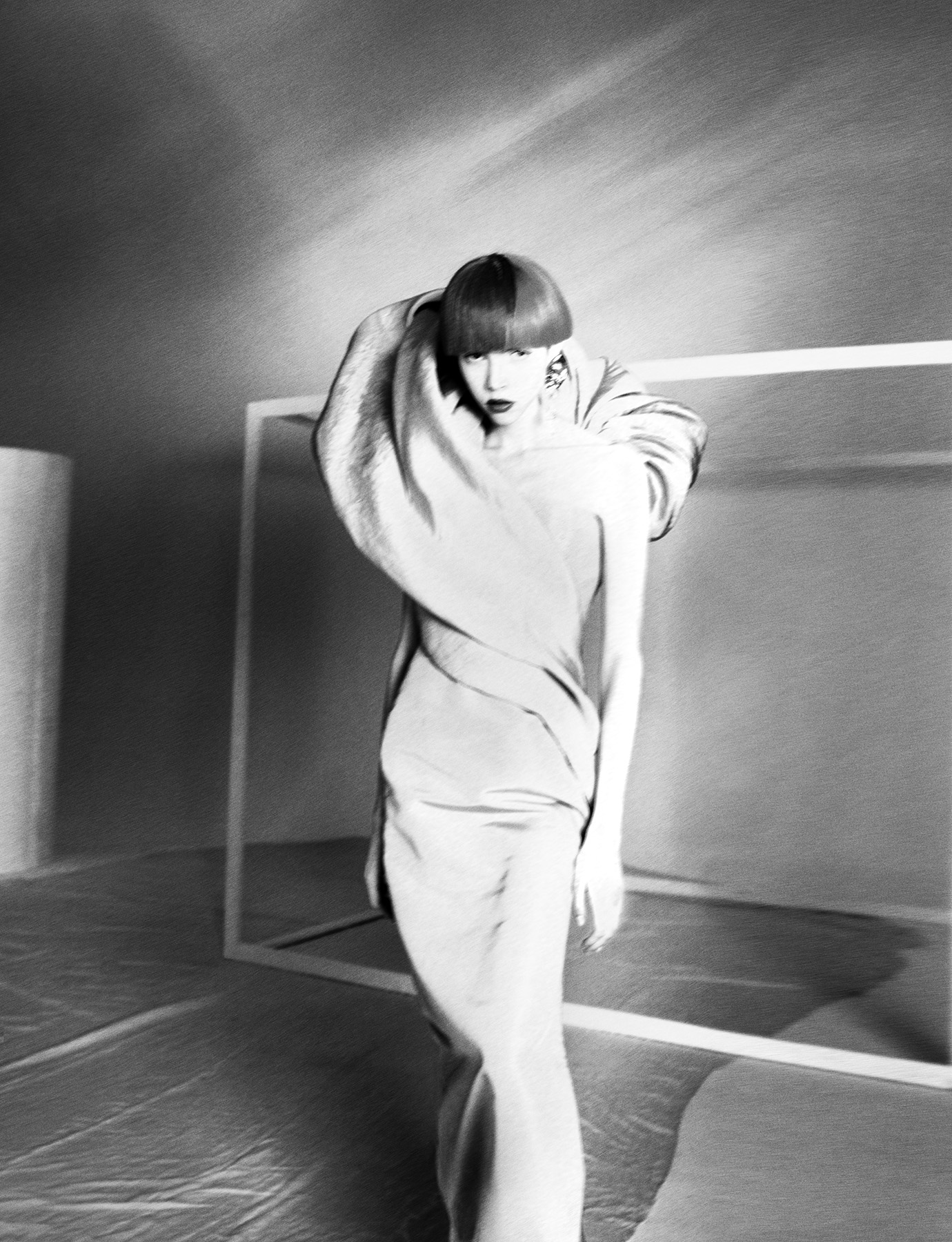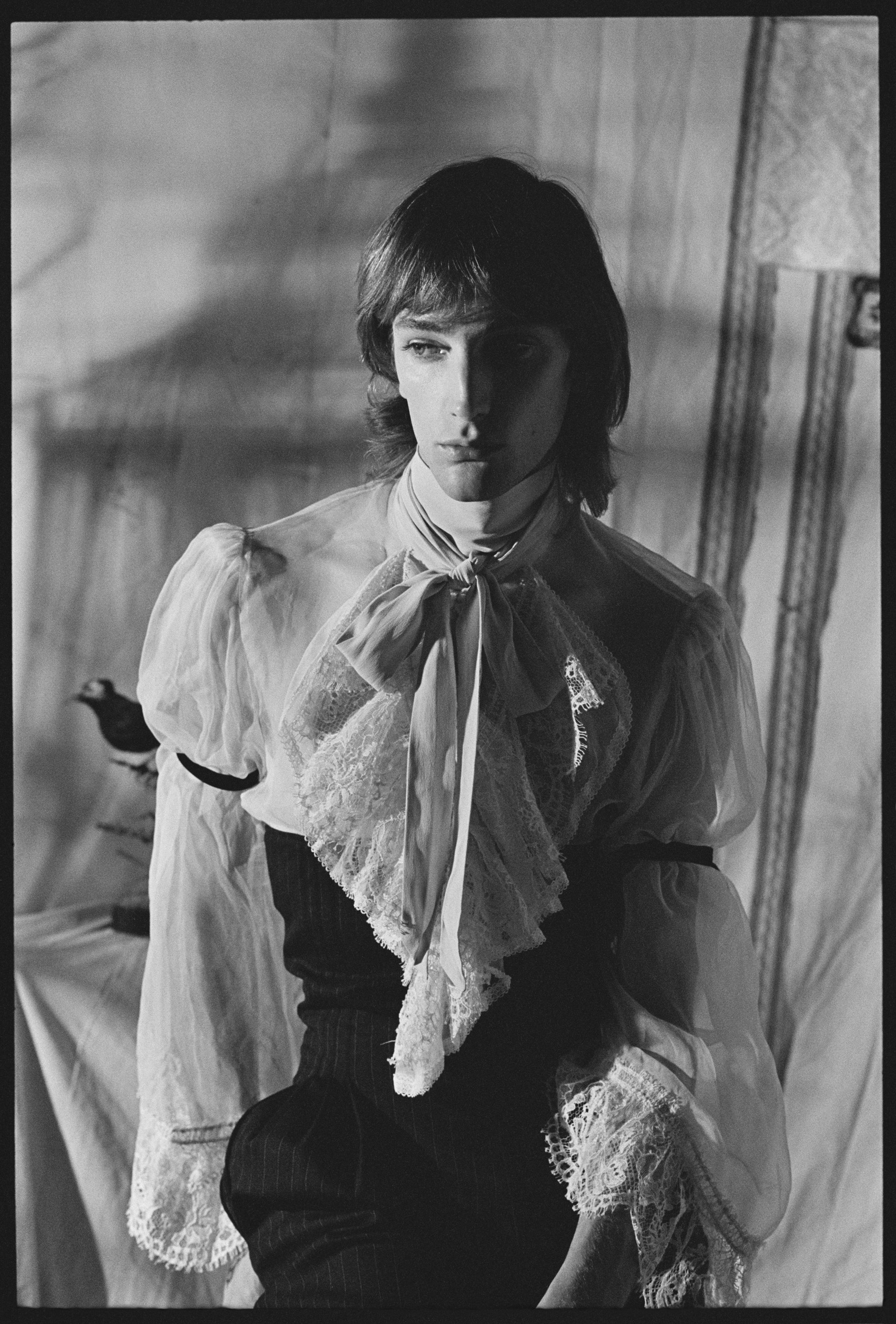The pandemic gave us the opportunity to think about the quality of life in a new era. I bet many of us have had the opportunity to reconsider how to live this moment and what we really want to do, because we learned that life doesn’t turn out as planned. It is not said to be egoistic anymore that you wish to spend time on passionate work and have plenty of free time, rather than stable employment for a lifetime. And now that the introduction of telework has led to the digitization of business, the possibilities of such work styles are expanding more and more.
Even before the pandemic of COVID-19, there were many slashers with multiple jobs, mainly among young people under the millennial generation. It’s a cliche when the baby boomer generation in Japan says “impatient and irresponsible” towards young people who do what they like and live flexibly. Because the prior generation has the experience of being swayed by the commuter train every day, not being able to leave work due to the complexion of their boss, and having time to attend a business dinner that they do not want to join. In reality, what they say is not true, and I think it’s a way of life that is prepared to take responsibility for one’s life on its own, without leaving it to the company or society.
Around me, who is also a millennial, there are many friends who live flexibly and brilliantly in line with the times, and among them, Felix Gesnouin is very active in the fashion industry who works as a model / set designer . As a model, he has a 10-year career and has appeared in campaigns for many brands such as Roberto Cavali, Hugo Boss, and H&M. Since 2018, he has focused on the work of set designer, and has been involved in advertising for department stores Galeries Lafayette and Printemps and also editorial for Vogue internationally.
I remember him as a man like the sun who can brighten everything around him because he is amusing and cheerful. The interview was conducted just after he spent about one and a half months on vacation in the forest, so he looked even brighter with a hippie-like aura. I asked him about his career, lifestyle, and prospects as a slasher, etc.
――What made you start your career as a model?
Felix: Scouted when I was a student studying industrial design at École nationale supérieure des arts appliqués et des métiers d’art. Doing two things at the same time since then. After that, I have been working a lot as a model, but it wasn’t daily work. If you don’t do something on the side it’s easy to go crazy. I’m so energetic as I can’t stand the time when I’m not doing anything. It’s better to be busy with multiple jobs.
――What kind of work have you done besides the modeling?
Felix: Taking advantage of what I learned at school, I did furniture and product design. In 2014, I launched the fashion brand called “Carne Bollente” with my friends. Inspired by traditional Japanese pornography, the collection features sexually-themed satirical designs and embroidery. It’s still doing well and is being handled worldwide, but I left the brand two years ago to focus on my work as a set designer. “Slasher” doesn’t mean you can do everything. If you do everything spontaneously, everything would be incomplete. Sometimes you have to make a choice and decide what to focus on.
――How come you start working as a set designer?
Felix: After working as an assistant for about a month under a set designer I met through my work as a product designer. That time I realized this is a job I can be passionate for. I’ve loved the work of creating things since childhood, and I think it’s very suitable for me because it’s also a physical work. Whether it’s a mode or set designer, I like to use and move my entire body to express myself. Sometimes, when I’m creating a set, I’m full of paint all over my body, and the people in the office say things like “What happend!?”
――How do you develop a set design when you receive a project request?
Felix: First, ask the client to share the mood board and get an image of what kind of set design they want. My assistant and I research the supplies and tools necessary for the actual set and go to various places to collect them. Depending on the project, the process may take several days or one day, but I think it is essential to have a lot of information and ideas daily. Also, depending on the content, business skills such as budget negotiations are required. Building a set is physical work like a carpenter. Doing rock climbing and sports in my free time also serves as a physical exercise for work. It also helps maintain my body shape as a model.
――You have been doing a lot of work in just two years since you started as a set designer. Have you been making good use of your career as a model?
Felix: A lot. For example, understanding the composition of a photograph, how the set and the model interact etc. The experience cultivated as a model is utilized for the ability to grasp the shooting rhythm, like how much energy should be poured at what stage of a long shooting time. I think that the points made by different experiences are gradually connected as lines to the present.
ーーWhat are the most memorable projects for the model and the set designer?
Felix: As a model, I’m always impressed by the shooting that is able to identify the person and express it as it is. I dance a lot and move my body to express. As a set designer, I remember the project of creating a lot of sculptures using paint and wood during the three-day shooting at the campsite. Higher the freedom of expression, the more fun it is, and I like to believe in the intuition of the moment and make an accidentally good work. It’s more creative to move behind the camera than to pose in front of the camera.
ーーWhat inspires you to hone your creativity?
Felix: Inspired by many things in everyday life, Japanese movies are one of the sources of inspiration. Yukio Mishima’s biographical art film “Mishima: A Life in Four Chapters” (unreleased in Japan) and Akira Kurosawa’s work. The set, composition, calligraphy, and architecture, I am also attracted to the unique colors of Japan. I have been to Japan twice as a model and once for the work of “Carne Bollente,” and I was impressed by the difference in culture. The mentality and relationship with objects are very different from France as Japanese people believe objects have a soul and treat them with respect and care. The next time I travel, I’d like to do rock climbing in the mountains of Hokkaido.
――Do you plan to continue to be a model and set designer?
Felix: I don’t know the future at all. I would like to work on the set design of the show as the next step. The model agency suggested that I try to do an actor business, so I can’t say that it’s not in the future.There is a possibility where I could stay in the forest and build manually as a carpenter. Anyway, I will continue to make selection decisions depending on my intuition.
Felix Gesnouin
Born in the suburbs of Paris in 1991. He has been working with his hands since childhood. This led him to study industrial design at L’ENSAMAA – Olivier de Serres and L’ENSCI. Got scouted as a model when he was a student, he entered the fashion industry and traveled around the world. He became independent as a set designer from 2018 and is currently active as a model and set designer.

